When checking the thermostat on a car after starting a cold engine, the bottom hose from the radiator should remain cold for a while. At the same time, the thermostat valve is closed, and the liquid circulates in a small circle, bypassing the radiator. After the fluid temperature reaches 87°C, the lower radiator hose should begin to heat up rapidly, indicating that the coolant has begun to circulate in a large circle.
Drain the liquid from the engine cooling system (see Coolant replacement).
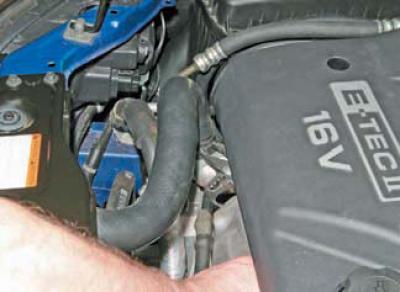
Using sliding pliers, we compress the ends of the clamp for attaching the radiator inlet hose and slide the clamp along the hose.
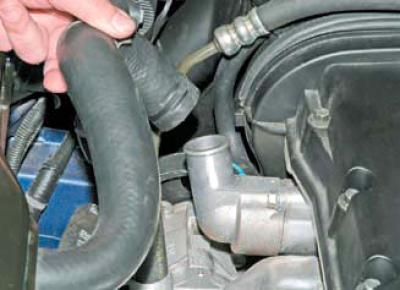
Remove the hose from the thermostat cover.
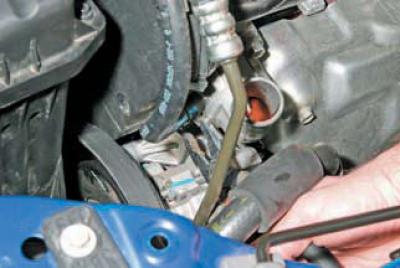
Using pliers, we compress the ends of the clamp that fastens the fluid supply hose to the throttle assembly heating unit and slide the clamp along the hose.
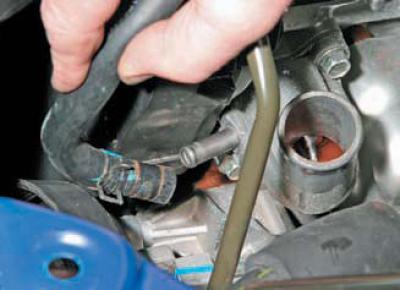
Remove the hose from the thermostat housing fitting.
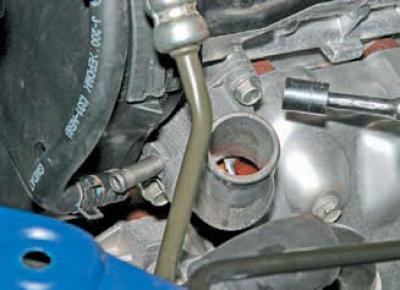
Using the "12" head, unscrew the two bolts securing the thermostat housing to the cylinder head.
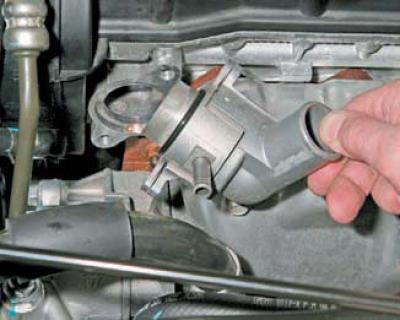
Remove the thermostat housing.
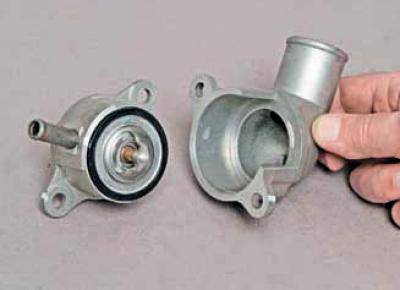
Remove the cover from the thermostat housing.
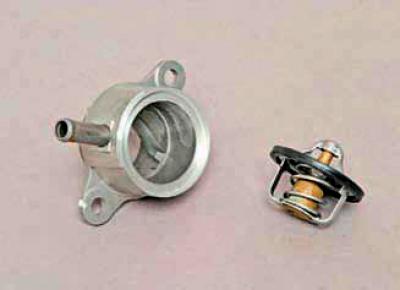
Take the thermostat out of the housing.
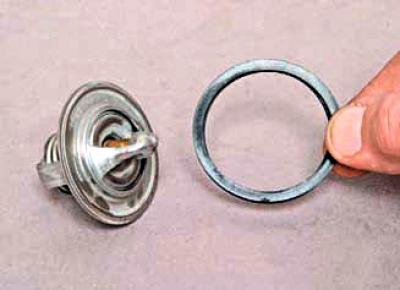
Remove the rubber gasket from the thermostat.
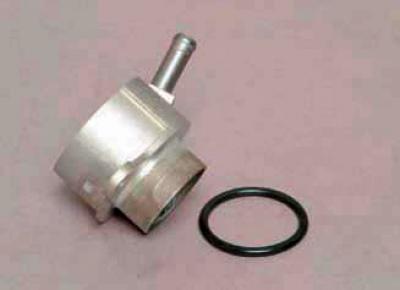
The connection between the thermostat housing and the cylinder head is sealed with a rubber ring.
If the gasket and O-ring are damaged or have lost elasticity, they must be replaced with new ones.
To check the thermostat, lower it into a vessel with coolant. We heat the vessel, while stirring the liquid and controlling the beginning of the opening of the valve with a thermometer. The valve stem should begin to retract at 87°C..
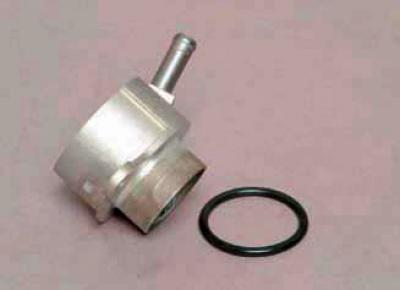
... which is indicated on the thermostat flange.
At a liquid temperature of 102°C, the valve should open fully - stroke of at least 7 mm.
When installing thermostat..
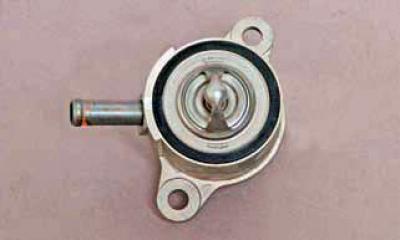
... insert it into the case, orienting it as shown in the photo.
Install the thermostat in reverse order.
We fill the cooling system with liquid.
